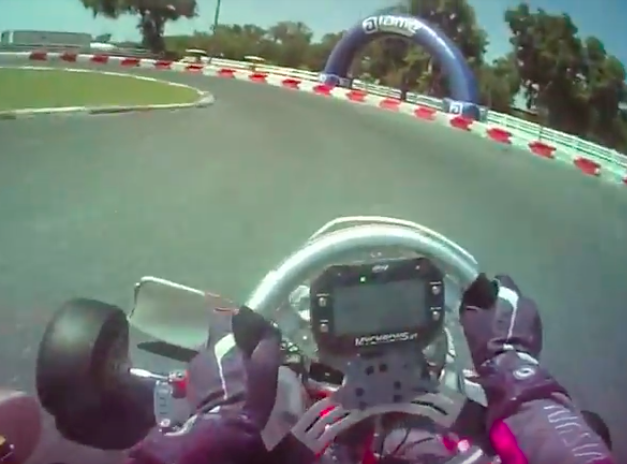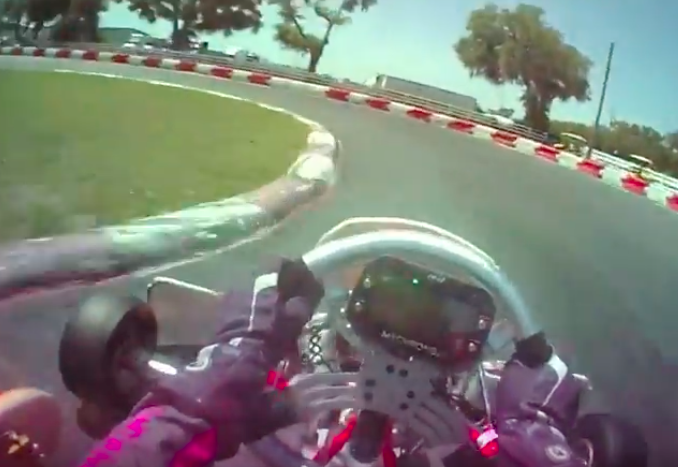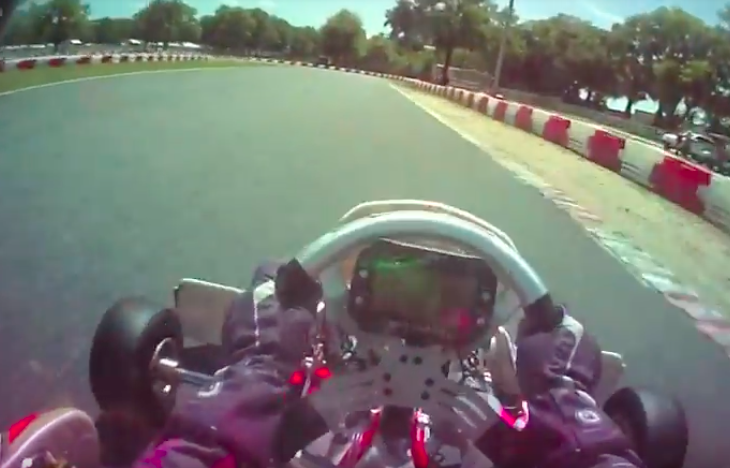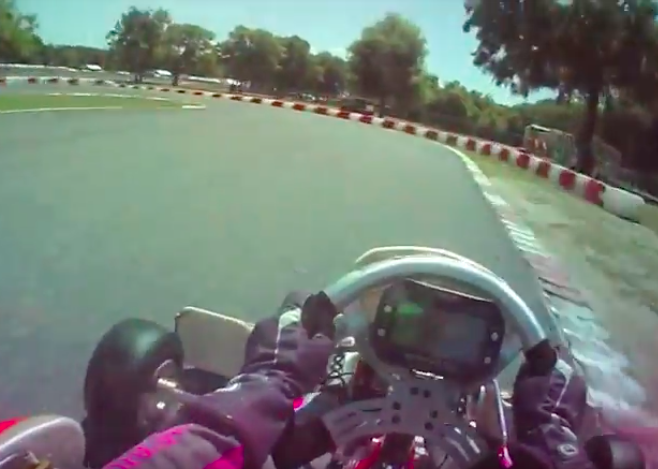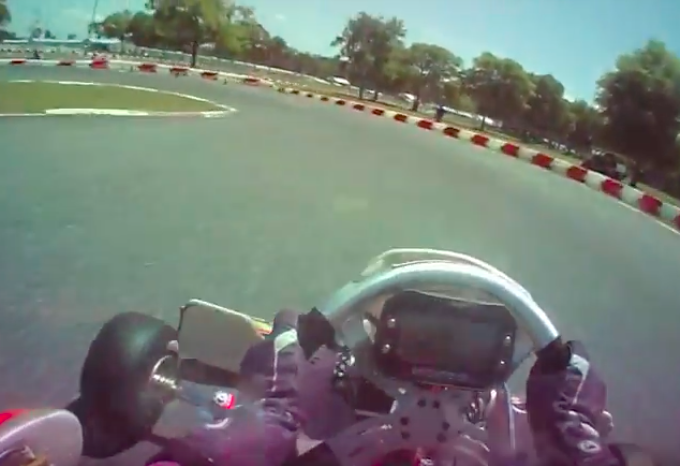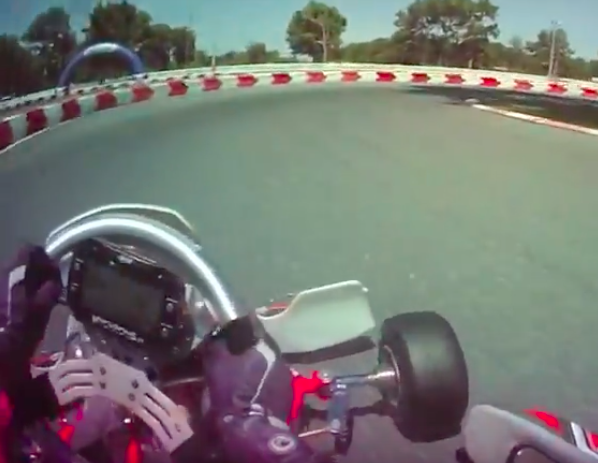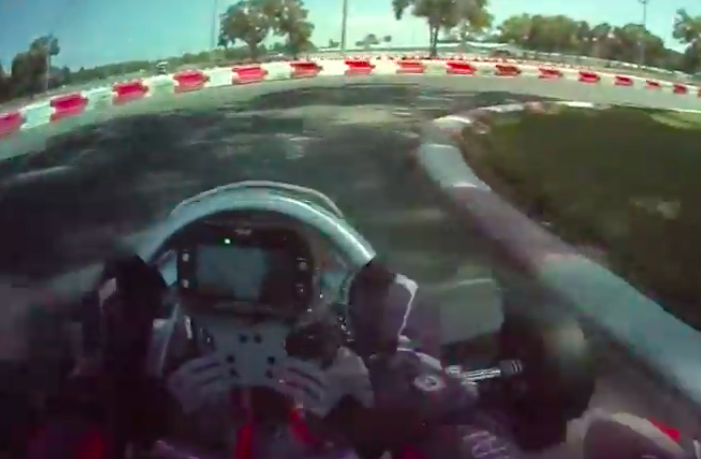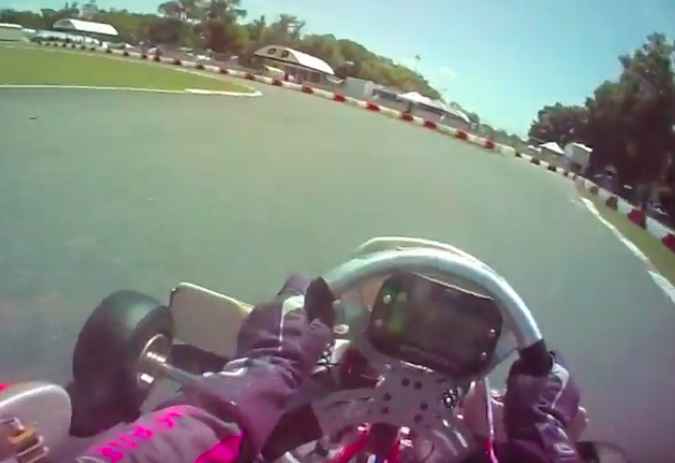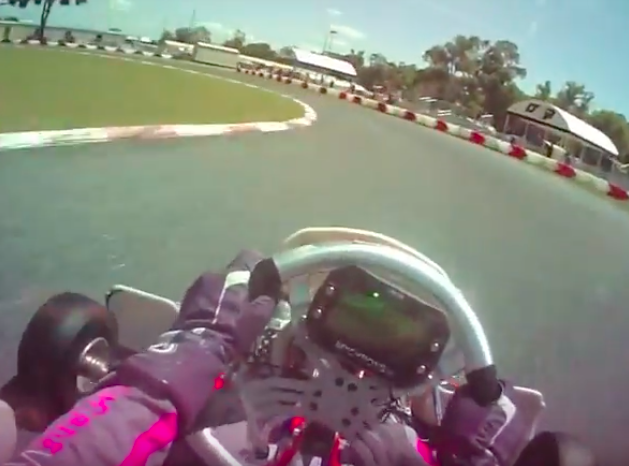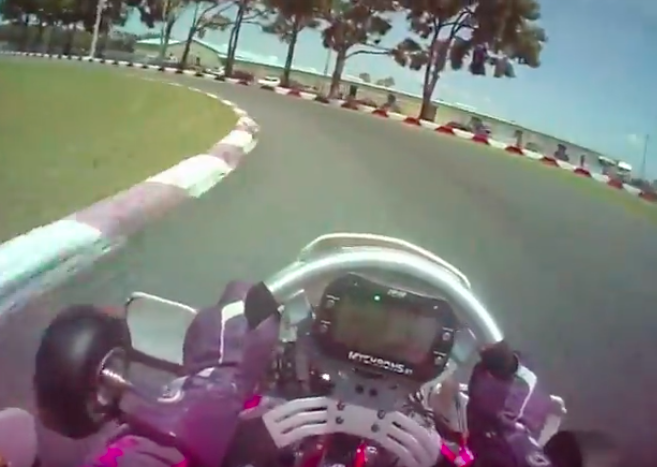Dom, a tire will not produce grip without load, and it will not produce optimum grip unless it is given optimum load. When braking, cornering and accelerating, loads build and dissipate over time, and it is the driver’s job to manage this process to extract optimum performance. The energy cycle is one way to think about this energy/load/traction/force relationship or process.
Another key element to managing the energy cycle is how you manage your sensitivity to the energy, loads, traction, and forces you are creating and experiencing. The easiest way to increase the depth or resolution of you sensitivity is to reduce the scope. So, yes the performance of each tire can be described as a friction circle (or a 3D friction circle), but why bother trying to manage that much information?
If you’re at the turn in point for a right-hand turn, your left-front tire is going to determine whether or not you stay on the track. So, for me, I don’t give a damn about the other tires; I invest my attention on the tire that’s carrying (or that very soon will be carrying) the critical load and producing the critical traction. This scope reduction allows me to manage the ‘critical’ tire’s performance with maximum precision and clarity.
In the same light, while you are correct that when braking in a straight line both front tires receive weight (or load), there is no need to pay attention to both of them; especially since most karts don’t have front brakes. The more important task is determining (with as high a resolution as you can) if your braking has transferred the correct amount of load to allow that tire to:
- Initiate the turn
- Build loads to produce optimum traction
- Create forces will cause the kart to rotate at a pre-determined point in the turn
- Dissipate the energy back into the chassis in an orderly way so it can be distributed to the outside rear tire
When you’re done with the above, then your attention should shift to the outside rear tire. Yes, both tires will be on the track driving you out of the turn, but the outside rear is the only tire that requires critically precise management to maintain optimum load/traction.
Of course, the above is a generalization. For tuning or troubleshooting it may be important to invest some intention on ‘non-critical’ contact patches, but when I drive 95-99% of the time, I am managing one tire at a time.
I’m not trying to speak for Terence, but If you think of speed as a liquid, then looking down on the kart, if you made that small juke towards the left edge of the track, you initiate a small wave of energy rotating to the left, the ‘wave’ would not have much energy, and the steering input would not last long, so the ‘wave’ would quickly stop and begins flowing (rotating) back to the right (in search of equilibrium). However, just as the wave is about to reach equilibrium, you would steer right, into the turn. The energy from the initial energy ‘wave’ gets added to the new right-hand rotation wave caused by the turn in. Because of that, the elevated rotational energy rotates the kart very quickly into the turn. The first few seconds of the “My passion for karting…” YouTube link above shows this very clearly.
